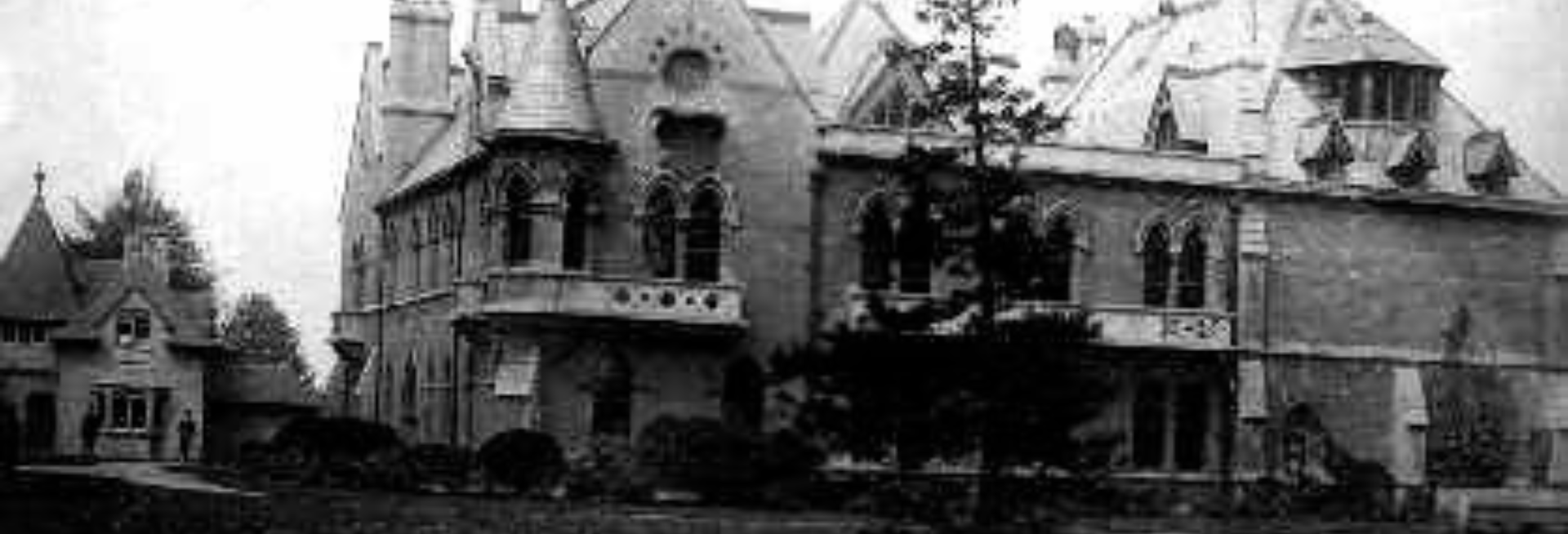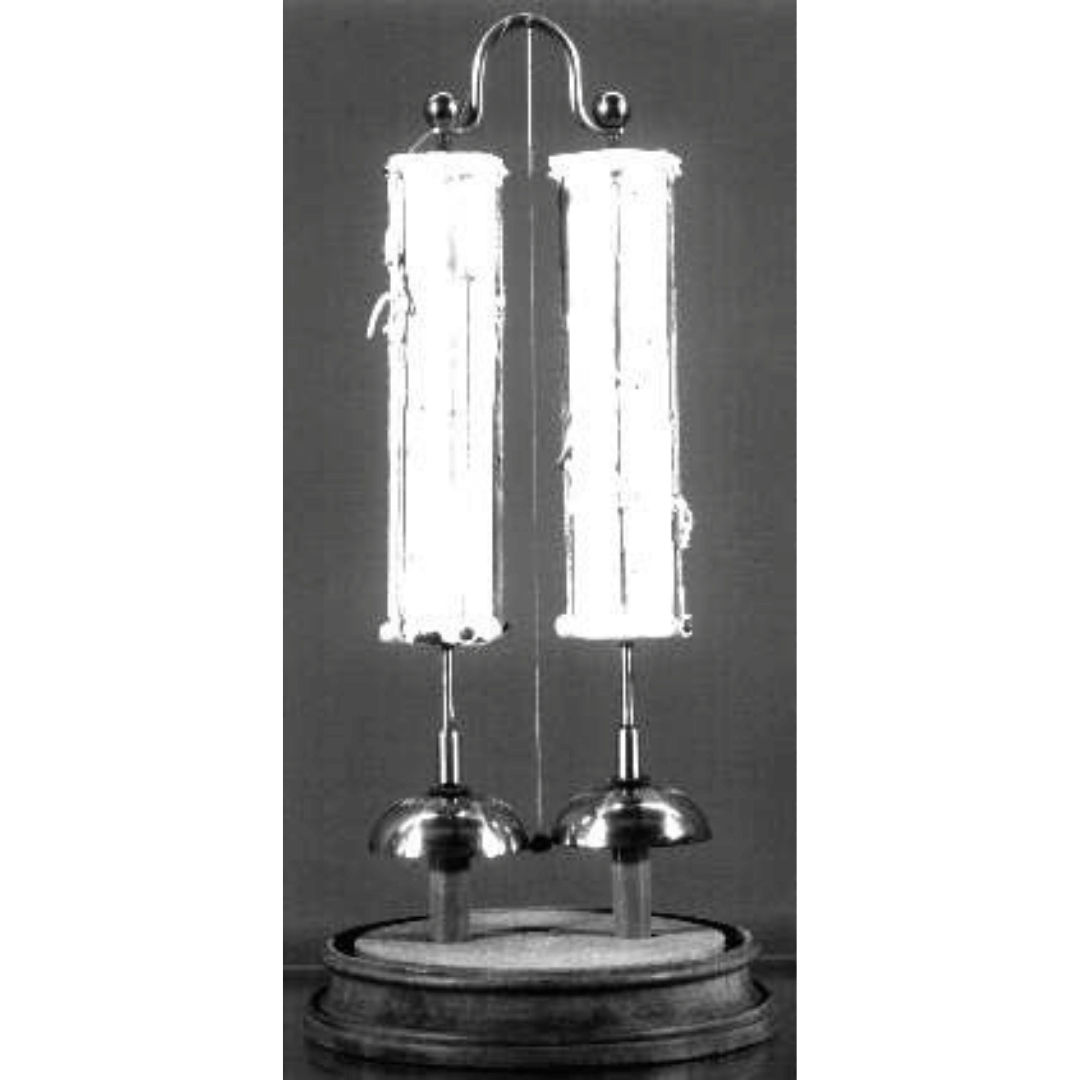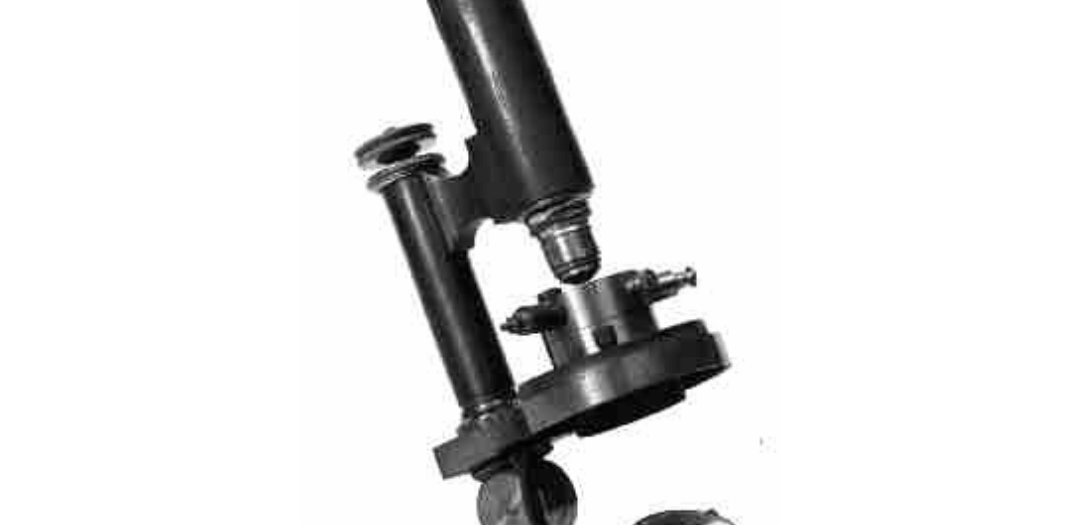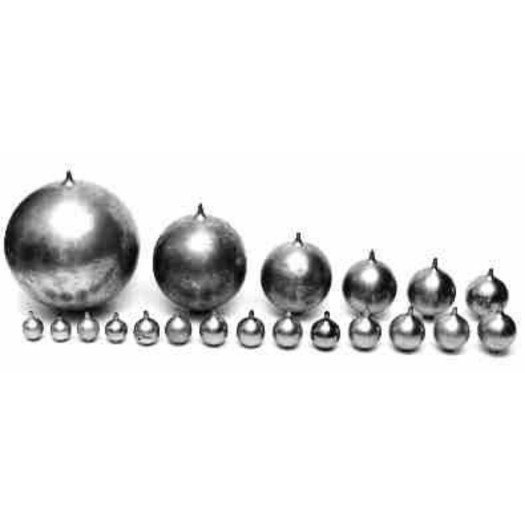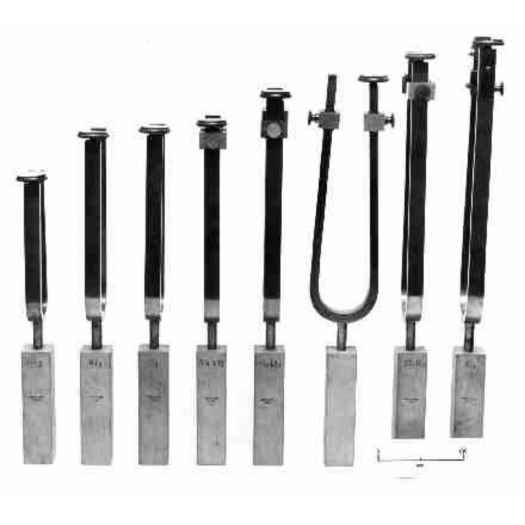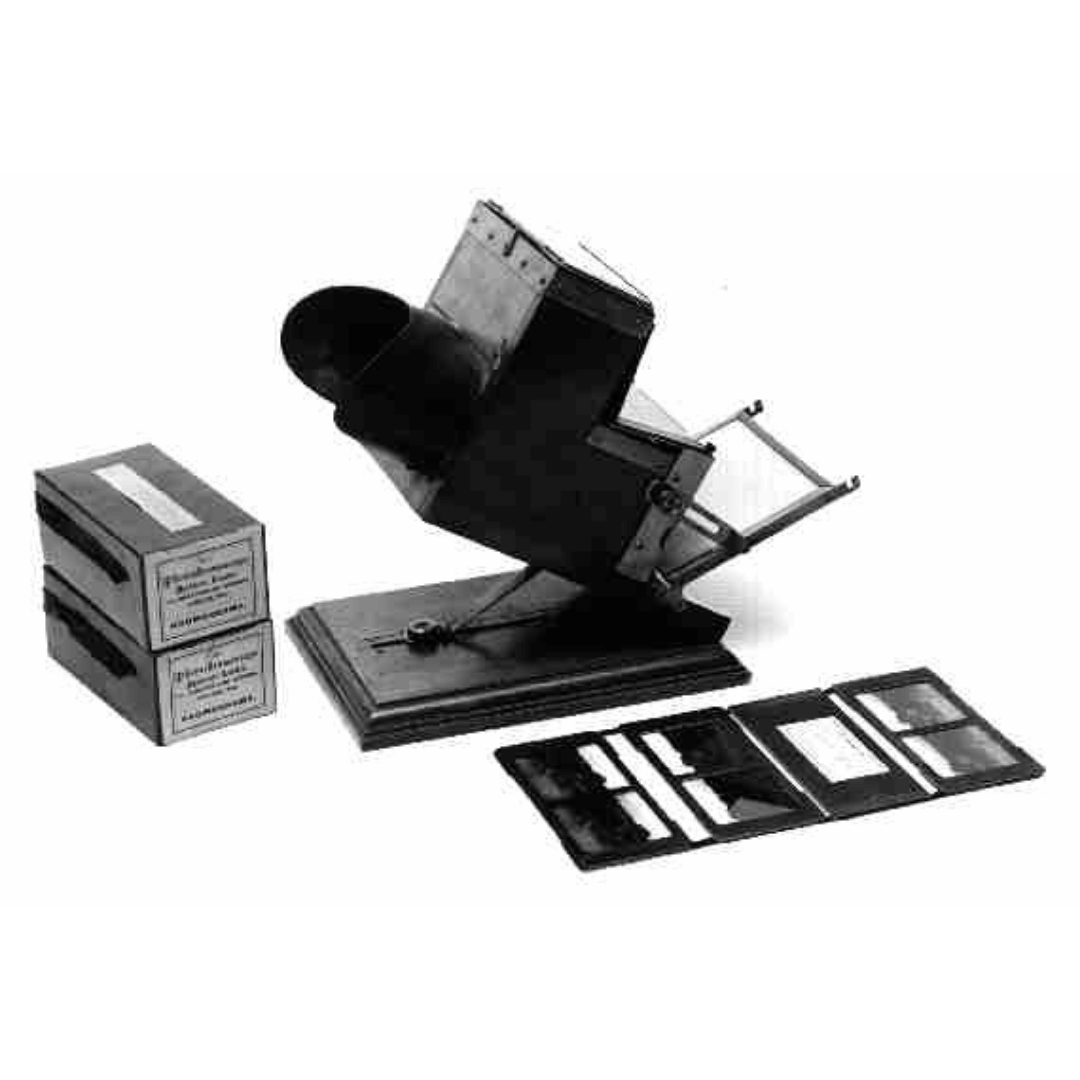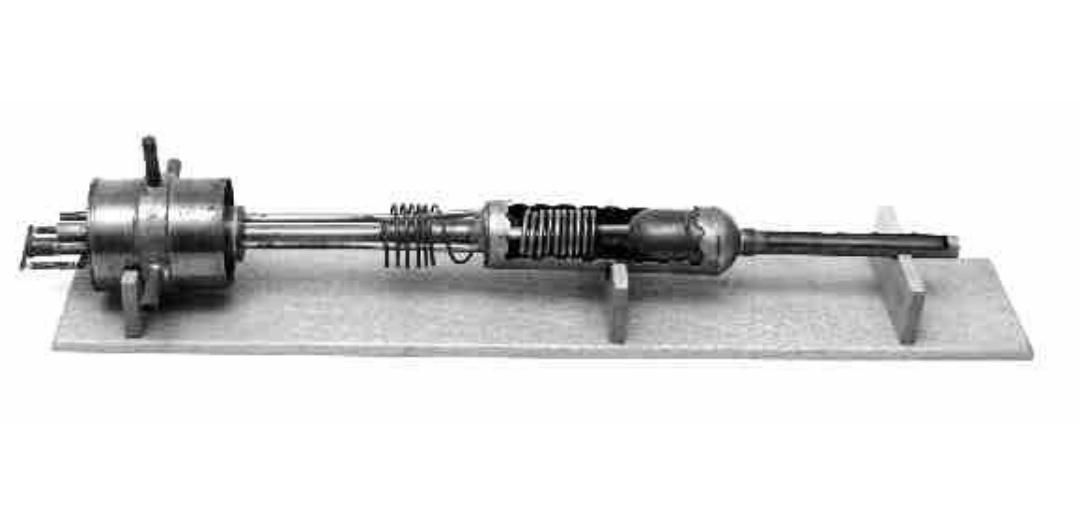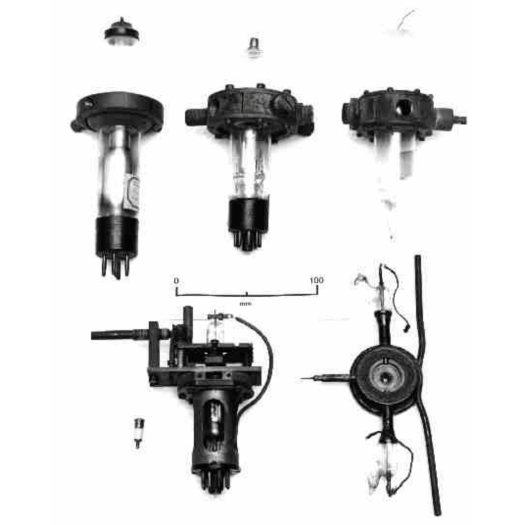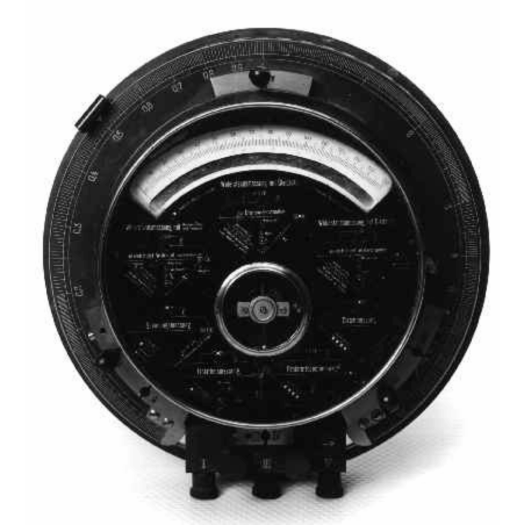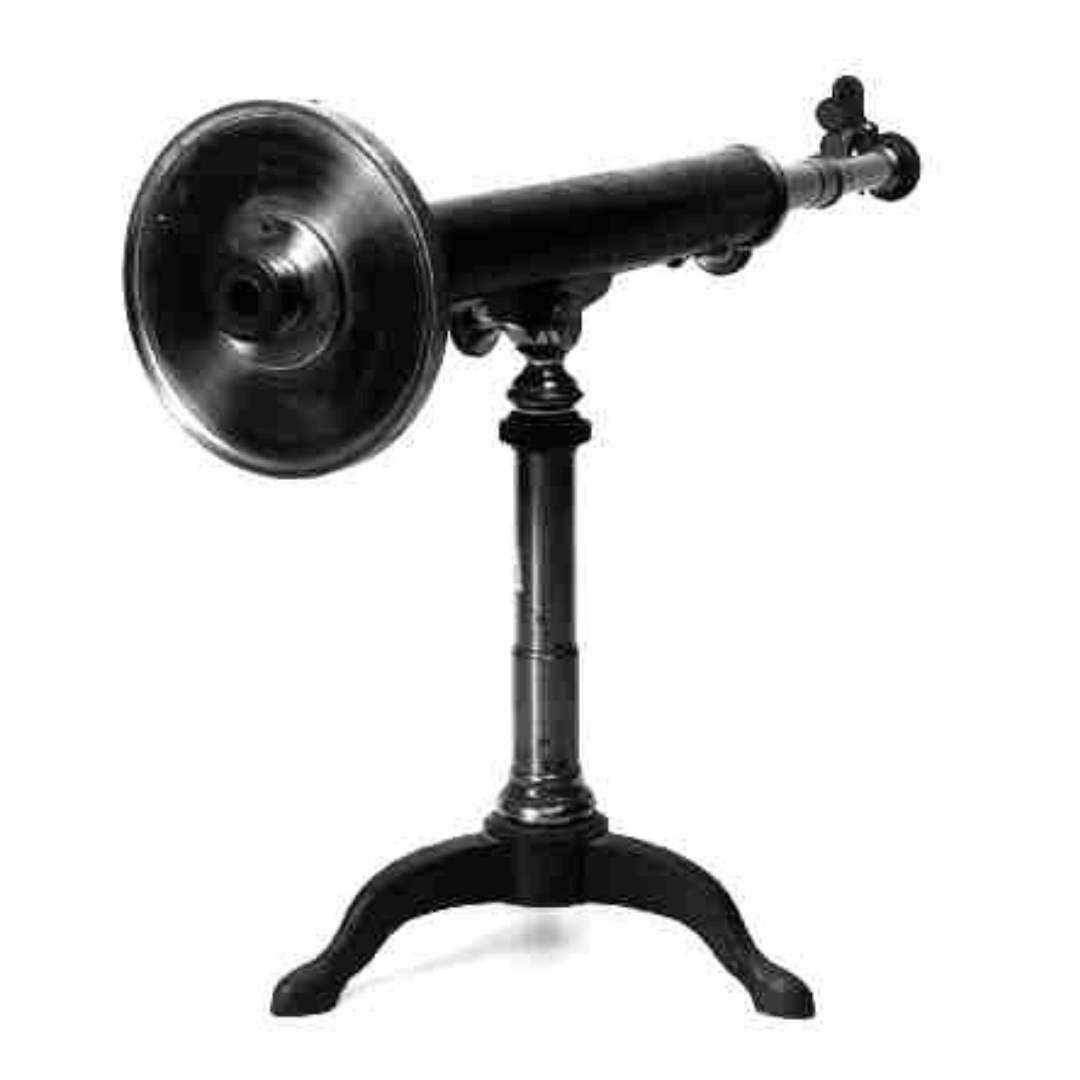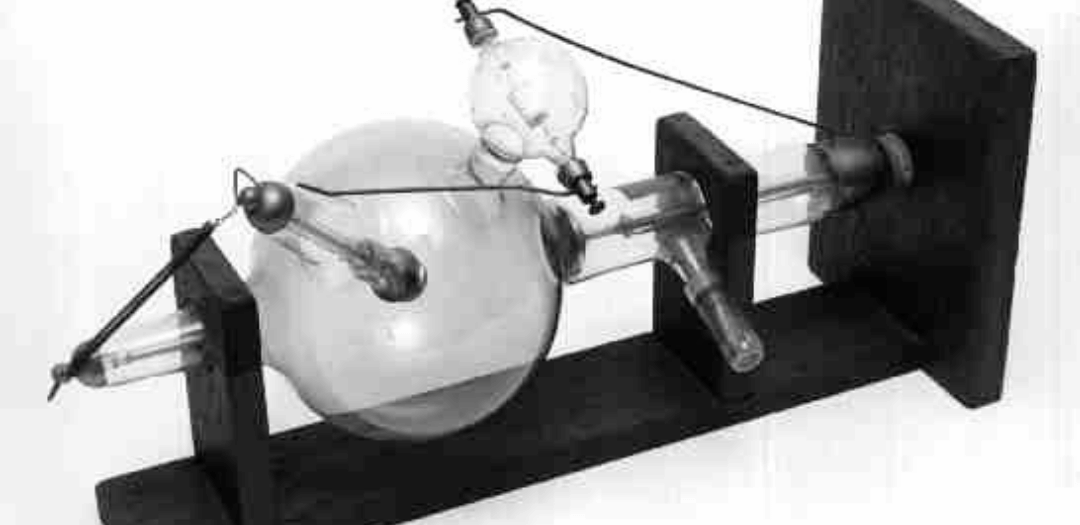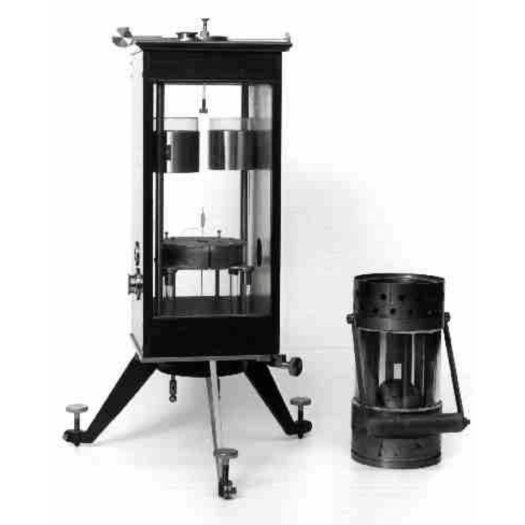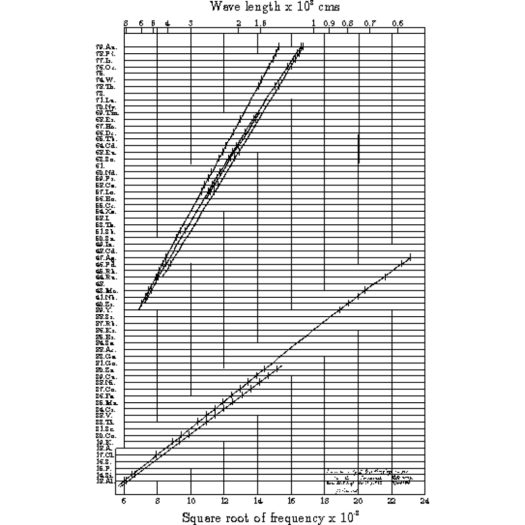The Department of Physics has amassed a broad and interesting archive over the years and many items are in display cabinets around the department. The Museum of the History of Science in Broad Street is Oxford's main repository of archival scientific material, but, with a few exceptions (of which Moseley's apparatus is one), their focus is pre-end of the 19th century. A certain amount of Clarendon material has been donated to the museum. The Science Museum in London also has a certain amount of apparatus and instruments donated by the laboratory, notably those associated with the pre-war low temperature work.
Highlights from the archive include:
Clarendon dry pile
The Department of Physics archive includes the ‘world’s most durable battery’, the Clarendon Dry Pile. Purchased by Robert Walker (Professor of Physics 1839-1865), it bears the label in his handwriting ‘Set up in 1840’ and can be seen but not heard as the ringing is muffled, in the ground floor display cabinet near the main entrance of the Clarendon Laboratory.
Current balances
The archive also includes two current balances, one by James White of Glasgow, with a certificate signed by (Sir) William Thompson and dated 1889, the other by Kelvin and James White of Glasgow and London, with a certificate signed, after Sir William had been elevated to a peerage, by (Lord) Kelvin and dated 1904. The 1895 Elliott Bros. catalogue gives the price of the first instrument as £30-0s-0d. They are on display in cabinet 1 in the Archive room.
Photographs
Also in the archive is an album of photographs taken by Professor R B Clifton of the old Clarendon Laboratory (built 1872). Highlights of these are the workshop, with its blacksmith’s anvil and its treadle lathe, and the professor's room, with the torn upholstery of the professor's chair. The original album, found in poor condition, is being restored, but copies of the photographs have been made.
Boys experiment to determine G
Another set of photographs meanwhile, illustrate measurements made on apparatus used in the cellars of the old Clarendon Laboratory by C V Boys in 1895, to measure the gravitational constant G. Boys states in his paper that he intended "to leave also permanently in the [Science] Museum a series of photographs of the apparatus as it appears in situ when each of the [measuring] operations is being carried out". It seems likely that the photographs in the Clarendon Archive are these photographs. They do not appear in Boys' paper and the Science Museum do not have copies. See also Boys' experiment to determine G.
Kromskop
The Kromskop (image in gallery below) is an interesting novelty from 1893 for viewing stereoscopic colour photographs. An ingenious application of additive three-colour photography and stereoscopy. It is in display cabinet 4.
Moseley's diagram
Another highlight is the original Moseley diagram (image in gallery below) of the square root of the frequency of the K and L lines in the X-ray spectrum of the elements, against the atomic number Z. This appears to have been drawn by his own hand, and has an endorsement by Townsend. It has pride of place outside the Martin Wood Lecture Theatre. See also The story of Moseley and X-rays which will tell you what the endorsement by Townsend at the bottom says.
Glass torus
The archive is also home to a glass torus made in 1938 for James Tuck (now deceased) by glassblower A. (Willie) Leemans. Tuck was attempting to make a betatron, but the work was interrupted by the outbreak of the Second World War. He was very secretive about his work, and the purpose of the electrode structure revealed by an X-ray photograph is a mystery.
Alongside this is a copy of a glass torus made in the laboratory for Peter Thonemann in 1947, with his original sketch (which shows that it was delivered two days after the sketch was made). The original glassblower was Douglas Saxton. This was almost certainly the first torus made for investigations intended to lead to thermonuclear fusion, which Thonemann initiated in the laboratory, before going on to large scale work at Harwell. Work based on his original idea is still in progress at JET and elsewhere. The first torus was lent out and unfortunately, subsequently lost; the one on display is a copy made by Steve Giles.
Lord Cherwell's slide rule
One last highlight among the many is Lord Cherwell's slide rule. A miniature slide rule which he carried in his waistcoat pocket and used, for example, in the House of Lords on appropriate occasions to impress the non-mathematicians present. It is in the Clarendon Laboratory ground floor display cabinet.

